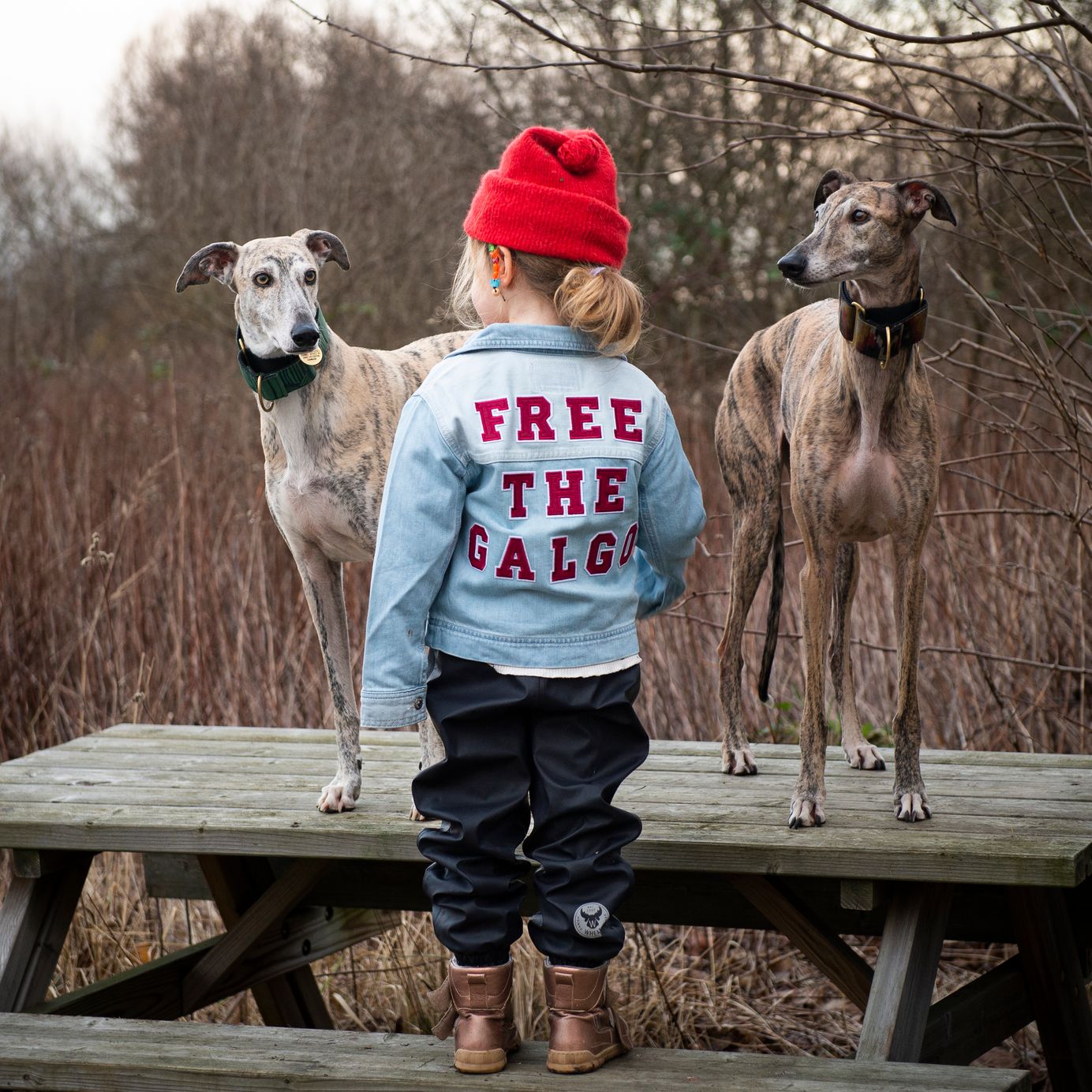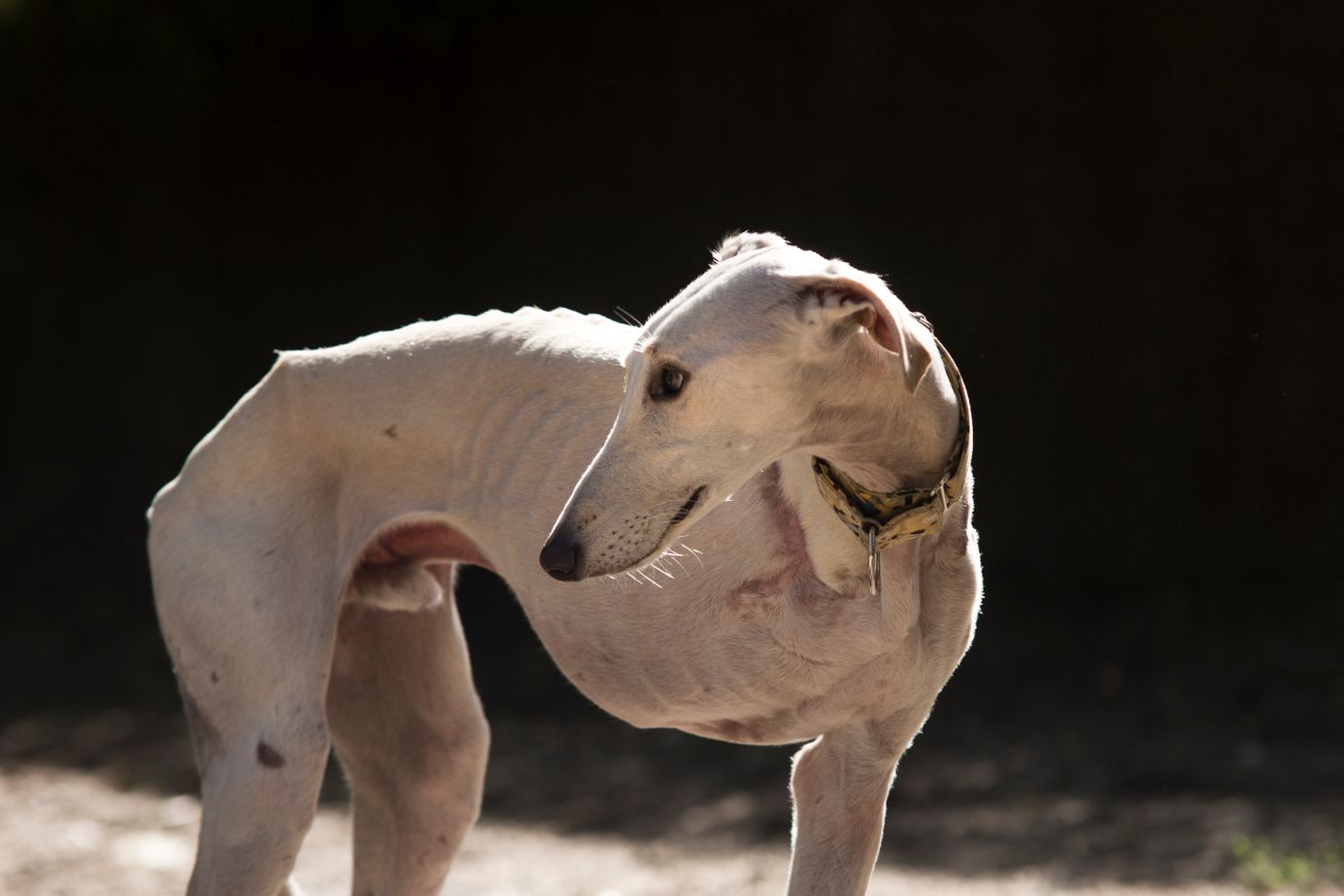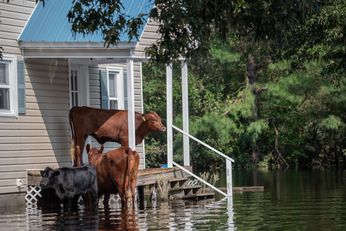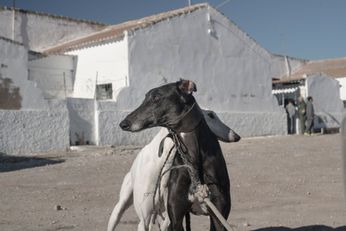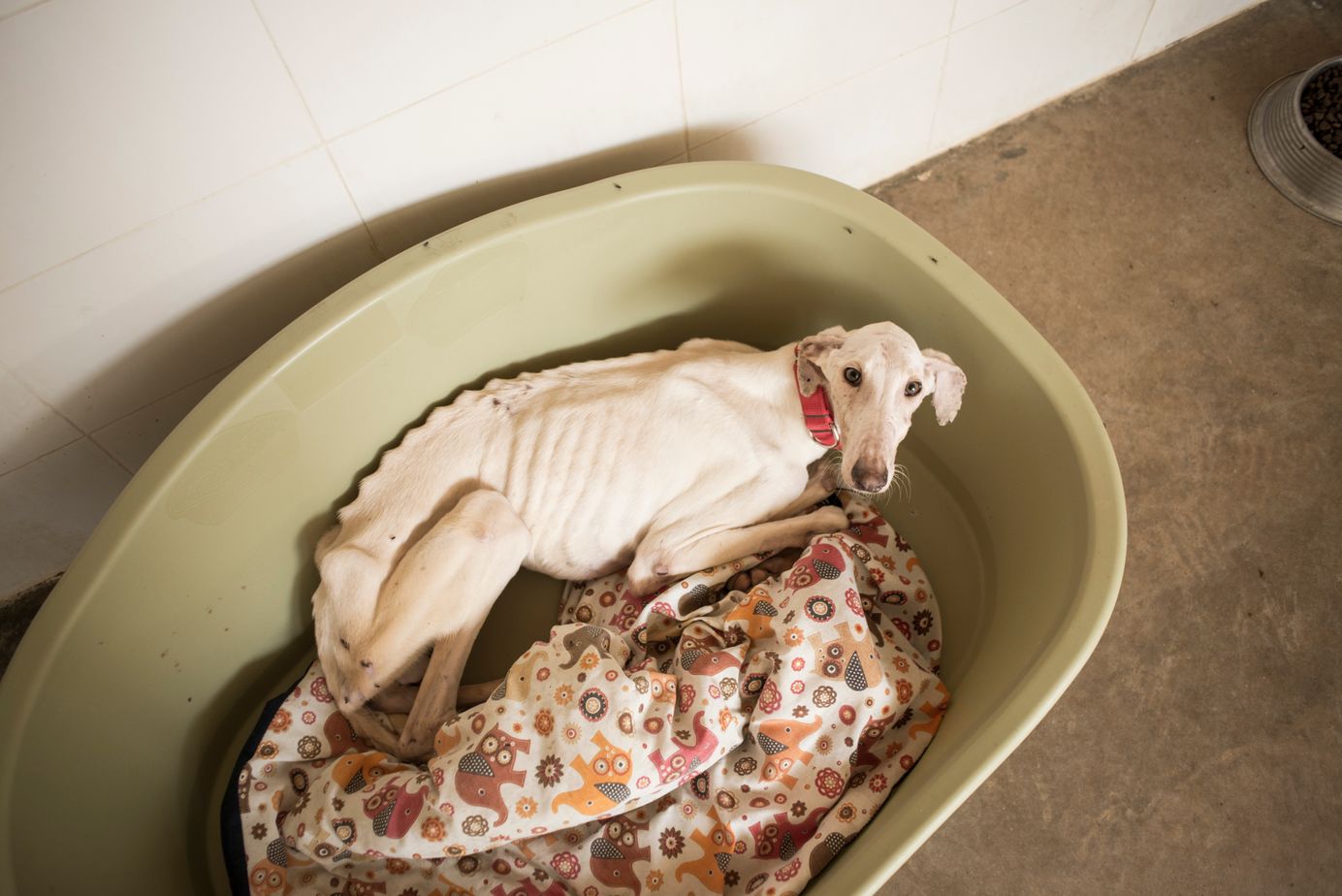
Animal Law, Insincere Promises and hidden contracts
Today is the last day to present objections to a law that will redefine hunting as a cultural asset in Spain, and change the protection of wildlife forever.
Table of Contents
¿Con qué frecuencia recibimos propuestas de ley llenas de declaraciones retorcidas, difíciles de interpretar, que se convierten en el verdadero veneno de la propuesta? Ese es el caso de un borrador de ley del que hablaré hoy, y que se someten a consulta pública.
El 5 de enero de 2022, el Ministerio de Agricultura, Pesca y Alimentación de España puso a consulta pública el borrador de la Estrategia Nacional de Ordenación de la Caza. Una propuesta retrógrada y sin sentido, que esperamos no se convierta en ley.
Hoy, 2 de febrero, es el último día para presentar objeciones a tal ley enviando un correo electrónico a bzn-comitecaza@mapa.es. Aquí puedes encontrar un borrador para manifestar tus quejas a este borrador.
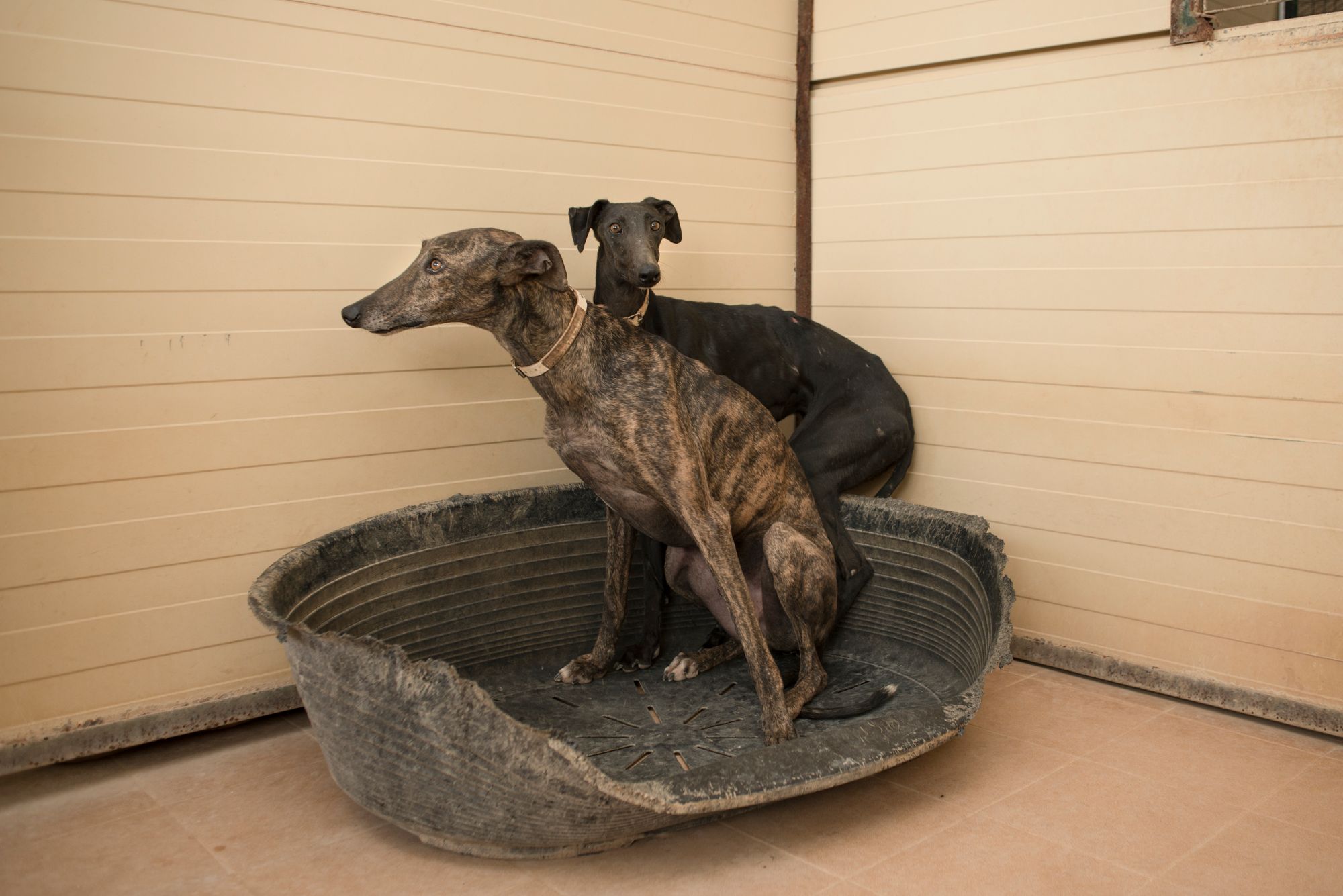
Una proposición terrible
El borrador de esta nueva ley está lleno de suposiciones absurdas, sin contrastar, e ideas tóxicas que nunca deberían convertirse en ley. Ejemplos como considerar la caza como herencia cultural, o enaltecer a los cazadores como guardianes del equilibrio ecológico, nos ofrecen una comprensión de cuán desconectados están algunos legisladores de lo que piensa la mayoría de la gente.
Gracias, Plataforma NAC, por un hermoso y concienzudo análisis del borrador, que sirvió como punto de partida para este artículo. Visita su página web para obtener una visión más profunda del problema. También puedes descargar sus argumentos más abajo; vale la pena leerlo.
Resumen y objecciones para sumar a tu email
- Las llamadas "especies cinegéticas", una etiqueta utilizada en este borrador, se refiere a las especies nativas de un ecosistema que los cazadores disfrutan matando. La consideración de "especie cinegética" responde a la autorización de las autoridades competentes para matarlas. Esta es solo una definición administrativa que puede ser anulada. El lobo, por ejemplo, ya no es una "especie cinegética", como tampoco lo es la tórtola europea. Sin embargo, en el borrador, el Ministerio habla de estas especies como si necesariamente tuvieran que ser sacrificadas sin hacer distinciones ni definir límites. Este borrador debería venir con una argumentación científica y un estudio, por especie, de por qué debe ser considerada "especies cinegéticas".
- Los cazadores no son gestores del medio ambiente, ni deben asumir esa responsabilidad, tal y como establece la Estrategia. No son expertos en conservación, ni en ecología, ni en ecosistemas, ni en biodiversidad, en la medida en que no cuentan con un título académico que les dé ese conocimiento. Son expertos en matar, nada más, y la suposición descrita anteriormente debería eliminarse del borrador.
- La Ley 42/2007, de 13 de diciembre, del Patrimonio Natural y de la Biodiversidad, prohíbe la tenencia y uso de munición que contenga plomo durante la caza y el tiro deportivo cuando estas actividades se realicen en zonas húmedas. Según este borrador de ley, la declaración de la Organización Mundial de la Salud sobre la toxicidad del plomo no parece ser suficiente, y el texto recomienda "una investigación científica objetiva". Pero tales estudios ya se han hecho, y la toxicidad del plomo ha sido ampliamente probada, por tanto la moratoria para el uso de municiones de plomo es España debe cesar. España debe adherirse a los estándares mundiales y seguir las recomendaciones de la OMS.
- La caza no es una actividad cultural, como se afirma en el texto. Asimismo, matar animales no es cultura. Sin embargo, la Estrategia pretende promover la caza como patrimonio cultural y bien de interés cultural. Estamos profundamente en desacuerdo con esto. La caza es una práctica privada que debe sustraerse a cualquier protección, o subvención, basada en consideraciones culturales.
- La Estrategia habla de superpoblación y sobreabundancia de animales. Por el contrario, los animales criados para ser cazados se liberan cada año para saciar el apetito de los cazadores. Exigimos un estudio científico antes de llevar tal suposición a cualquier ley.
- La Estrategia habla de la carne de caza como carne mejor calidad o más saludable, sin base científica alguna. Esta afirmación también obvia que la mayoría de los animales son cazados con plomo en España, que es una sustancia altamente tóxica.
La Estrategia (pág. 119) dice que la sociedad desaprueba la caza porque la población (principalmente urbana) está alejada del medio rural y desconoce las necesidades y la cultura de las zonas rurales. Afirmaciones como ésta muestran una falta absoluta de rigor y son improcedentes para un Ministerio ya que la mayoría de la población urbana proviene de entornos rurales, tiene familia allí o visita zonas rurales.
Paremos este despropósito

The draft for a new hunting law
How often do we get obscure statements that become the real poison of the proposition in the writings of policies? They are often hard to find if you don't have an eye for law, and that's the catch when laws like the one I will be talking about today are brought to public consultation. They tend to be full of traps.
On January 5, 2022, the Spanish Ministry of Agriculture, Fisheries, and Food released the draft National Hunting Management Strategy for public consultation, which is horrendous.
Today, February 2, is the last day to present objections to such a law by emailing bzn-comitecaza@mapa.es. Please look at our email template for posting complaints to this draft.
A terrible proposition
The draft of this new law is full of absurd assumptions and toxic ideas that should never become written law. Examples like considering hunting a cultural inheritance, or labeling hunters as the guardians of the ecological balance, offer us an understanding of how disconnected some policymakers are from what most people think.
Thanks, Plataforma NAC, for a beautiful analysis of the draft, which served as a starting point for this article. Please visit their webpage for deeper insight and download all their arguments below; it is worth the reading (only in Spanish).
Summary and arguments against this draft
- The so-called "species subject to be hunted," a label used in this draft, refers to the native species of an ecosystem that hunters enjoy killing. The consideration of "species subject to be hunted" responds to the authorization of the competent authorities to kill them. This is just an administrative definition that can be overturned. The wolf, for example, is no longer a "species subject to be hunted," and neither is the European turtle dove. Yet, in the draft, the Ministry speaks of these species as if they necessarily had to be killed without making distinctions or defining boundaries. This draft should come with a scientific argumentation and study, by specie, of why it should be considered "species subject to be hunted."
- Hunters are not managers of the environment, nor should they assume that responsibility, as stated in the Strategy. They are neither experts in conservation, ecology, nor in ecosystems, or biodiversity, to the extent that they do not have an academic degree that gives them that knowledge. They are experts in killing, nothing more, and the assumption described above should be removed from the draft.
- Law 42/2007, of December 13, on Natural Heritage and Biodiversity, prohibits the possession and use of ammunition containing lead during hunting and sport shooting when these activities are carried out in wetlands. According to this draft, the statement of the World Health Organization on the toxicity of lead does not seem to be sufficient to the Ministry of Agriculture, and the text recommends "an objective scientific investigation." Such studies have been done already. The toxicity of lead has been thoroughly proved, and the moratorium for the use of lead ammunition in Spain should stop. Spain should adhere to global standards and follow the recommendations of the WHO.
- Hunting is not a cultural activity, as stated in the text. Likewise, killing animals is not culture. Yet, the Strategy aims to promote hunting as a cultural heritage and an asset of cultural interest. We profoundly disagree with this. Hunting is a private practice that should be removed from any protection based on cultural associations.
- The Strategy speaks of overpopulation and the overabundance of animals. In contrast, animals farmed to be hunted are being released every year to feed the appetite of hunters. We demand a scientific study before bringing such an assumption to any law.
- The Strategy talks about the meat from hunting as better or healthier meat, without any scientific base. This statement also forgets that most animals are shot with lead in Spain, which is a highly toxic substance.
The Strategy (page 119) says that society frowns upon hunting because the population (primarily urban) is distanced from the rural environment and is unaware of the needs and culture of the rural areas. Affirmations like show an ultimate lack of rigor and are inappropriate for a Ministry since most of the urban population comes from rural environments, has family there, or visits rural areas.
Thanks for reading
I hope this was useful to you.
If my work has enriched you in any way, please consider helping this platform by becoming a member.
Your support makes all the difference!
MoonLeaks Newsletter
Join the newsletter to receive the latest updates in your inbox.


